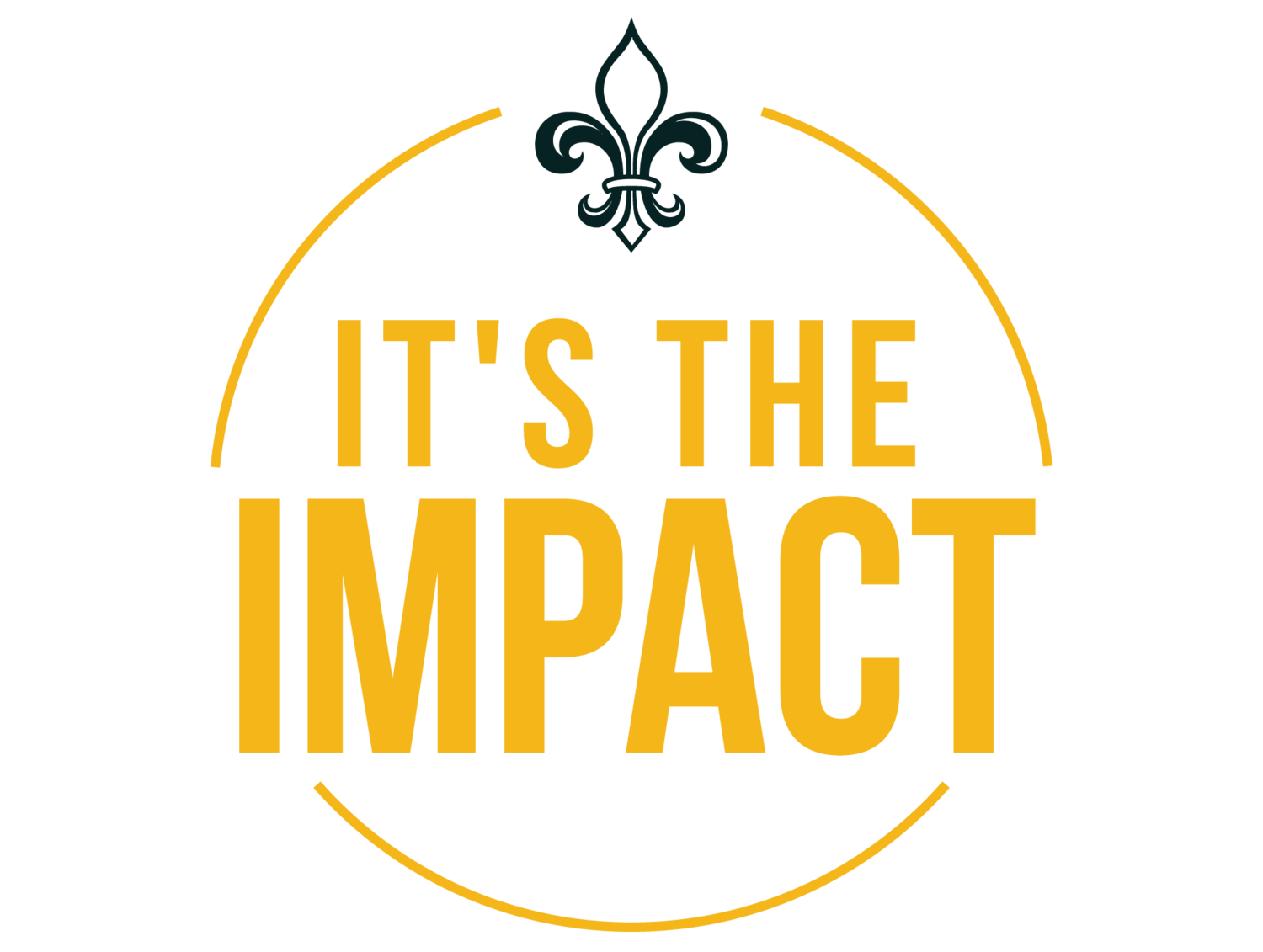Leading When the Rules Keep Changing: How to Stay Strategic in an Uncertain World
Leadership today is about holding the vision steady while everything else moves—political swings, funding gaps, shifting priorities and values, economic crises, and more.
This is more than a rough patch; it’s the new reality. And your team looks to you for clarity in the chaos.
A truth that many leaders struggle to see is that uncertainty and change aren’t the enemy. And leaders who stay calm, sharpen their decision-making skills, and imbed change response into the very infrastructure of their organization don’t just survive turbulent times—they lead powerfully through them.
Anticipation Stops Reaction
When you’re stuck responding to every bombshell headline, internal hiccup, funding change, or shift in direction, you’re not leading, you’re reacting—leaping from crisis to crisis with little pause. Strategic thinking disappears, and your organization’s long-term stability and growth are jeopardized.
No one can predict the future, but the best leaders prepare for several versions of it—so they spend less time reacting and more time driving an impactful future.
The first mindset shift you need to make? Stop thinking like a passive recipient of change, and start thinking like an active architect of what comes next.
Don’t treat change like an unexpected interruption or unwelcome surprise that can derail your plans. Instead, accept it as an inevitability, and build scalable infrastructure, policies, and systems designed to anticipate, absorb, and embrace it.
Put It In Action
Make forward-focused thinking a habit:
Research and strategize potential changes, their impacts, and response options. Block out 15 or 30 minutes on your calendar each week to research for this—whether it’s tracking upcoming relevant legislation and determining strategies to mitigate its impacts, outlining how your team would absorb a 15% drop in funding, or drafting a talent retention strategy in case of sudden leadership turnover.
Hold monthly “What’s Shifting?” sessions with your leadership team to identify early signs of big changes, share updates on upcoming or ongoing changes, and brainstorm possible impacts and mitigation plans.
Start asking purposeful what-if questions that help you anticipate and prepare for possible disruptions, such as: What if a major funder pulls out? What if our operating model needs to change, fast? What if we’re focusing on entirely the wrong problem?
You can’t anticipate everything that will happen in the future—but you can prepare for some of the most likely possibilities and develop systems designed to flex and adapt with anything that comes your way.
Your Team Takes Cues From You
Here’s another hard truth: teams don’t rise above the mindsets of their leaders.
When leaders stay composed, communicate clearly, and keep the focus on what matters, their teams are more likely to do the same. But when a leader is reactive, overwhelmed, and emotionally inconsistent, panic spreads quickly.
Truly great leaders model a grounded, focused, and productive response to what’s hard. It’s what sets them apart from the rest. It’s what builds trust. And it’s what keeps organizations going strong through even dire conditions.
Put It In Action
Set the tone for your team:
Improve your ability to regulate your emotions, helping you stay level-headed and in control during high-stress situations or tense interactions. Regularly practicing breathing exercises and mindfulness meditation is essential for learning how to calm your mind and body during moments of crisis.
Prioritize transparent, frequent communication with your team (and others) to build trust and morale. Clearly identify what’s changing, what’s staying the same, and what has the highest priority. This might include weekly update emails to leaders and stakeholders or quarterly organization-wide updates.
Be present and accessible. Resist the urge to withdraw or isolate during times of stress. Consistently show up for your team, invite feedback and collaboration, and make sure important people know that they can (and how) to reach out to you with questions, worries, or ideas.
Change Can Accelerate Your Goals
Many of us see change as a necessary evil, at best—or a threat to survival, at worst. In reality, disruption can be a powerful force for good. Challenge yourself to see it as a chance to reassess and reimagine strategies, priorities, and goals.
Adapting to change isn’t about throwing out your plans—and it definitely isn’t failure or defeat. It’s using disruption as an opportunity to make strategies that are even clearer, bolder, and more likely to succeed.
Put It In Action
When uncertainty hits, use it to:
Update or roll out new policies to support shifting priorities or demands.
Cut initiatives that no longer serve the mission or whose costs/risks now outweigh their benefits.
Question assumptions and premises that haven’t been re-examined in the past 3 months.
Give your team (and yourself) permission to rethink what “success” looks like now—or what the best path to get there is.
Identify new windows of opportunity catalyzed by the change, such as a federal funding shift that opens new grants for your organization or policy changes that remove red tape for a major initiative or program.
Change is an inevitable force that we have little control over. But how we lead through times of constant instability and risk is within our control. Through skills like forward-focused thinking, delegation, and adaptation, you can anticipate and mitigate change and its impacts—and even sometimes harness it as a powerful tool to further your mission.
Want to lead with clarity, purpose, and impact—even when the ground is shifting beneath you? Let’s talk about how individual and group leadership coaching can help you get there. Book a no-cost call today.

